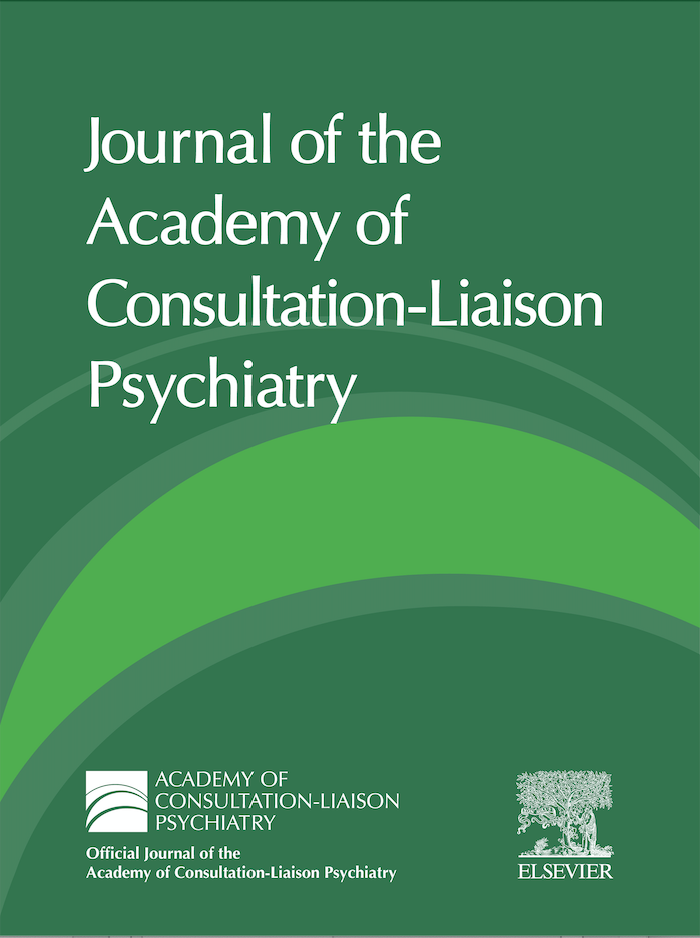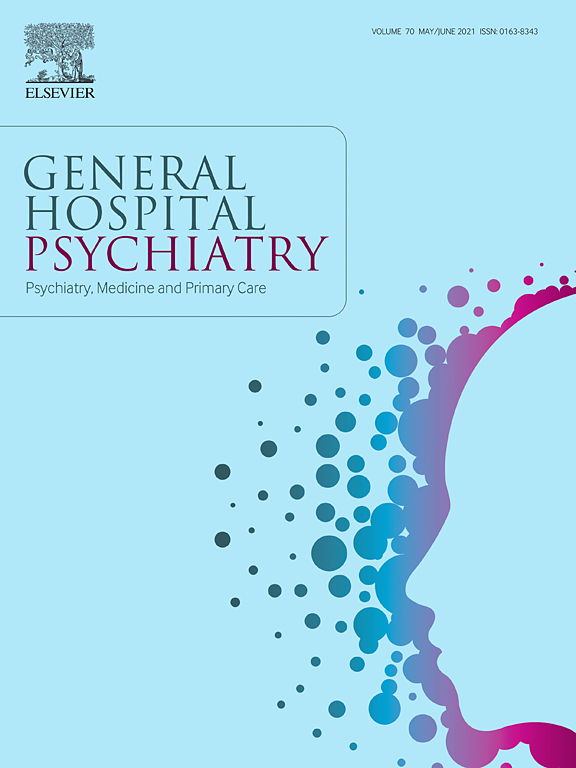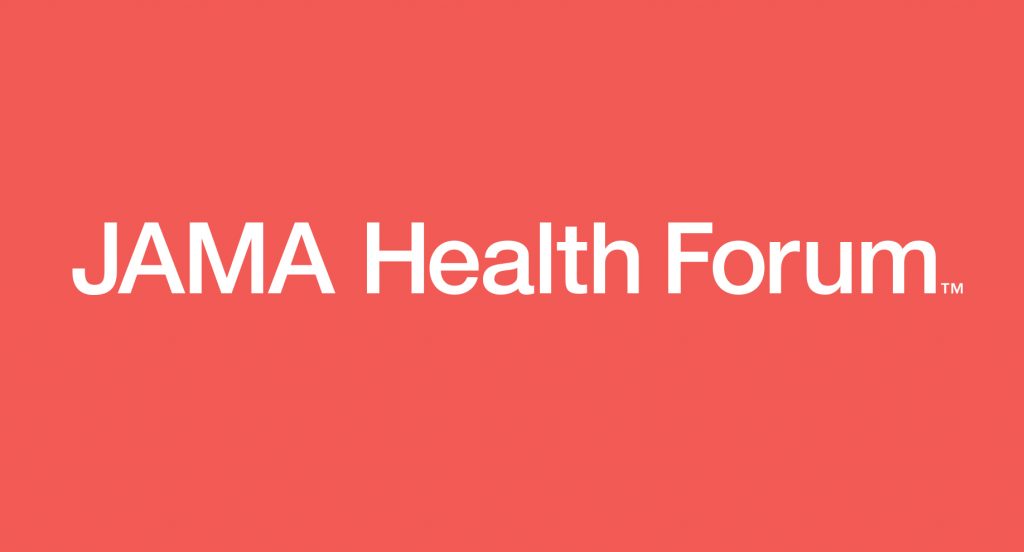Research: A Workshop on Interrupting Microaggressions for a Surgical Service: An Opportunity for Consultation-Liaison Psychiatry to Address Bias and Inequity
Authors: Jennifer Sotsky, MD, et al.
Abstract/Extract: ‘Microaggressions’ by health care workers—described by under-represented minority patients—are common and harmful, but rarely discussed or addressed in the busy, hierarchical health care setting, say the authors.
The term ‘microaggression’ was first coined by Harvard psychiatrist Chester Pierce et al in the 1970s to describe everyday “subtle, stunning, often automatic, and non-verbal exchanges which are ‘put-downs’ of blacks.” It has since been expanded in psychology literature to describe the experiences of various other under-represented minorities.
In 2007, psychologist Derald Wing Sue et al. described microaggressions as “brief and commonplace daily verbal, behavioral, or environmental indignities, whether intentional or unintentional, that communicate hostile, derogatory, or negative racial slights and insults toward people of color.”
Importance: Unlike overt aggression and bias, which can be more readily identified, microaggressions are more insidious and cause cumulative damage over time that can go unnoticed by others. Importantly, microaggressions are often unintentional and completely outside the conscious awareness of the person or group enacting them.
The authors’ experience while facilitating a workshop on microaggressions in the health care setting led them to believe that C-L psychiatrists may be uniquely positioned to develop knowledge on this topic, generate important discussions with colleagues, and eventually effect change in our workplace.
Availability: Published in Journal of the Academy of Consultation-Liaison Psychiatry (JACLP.)






